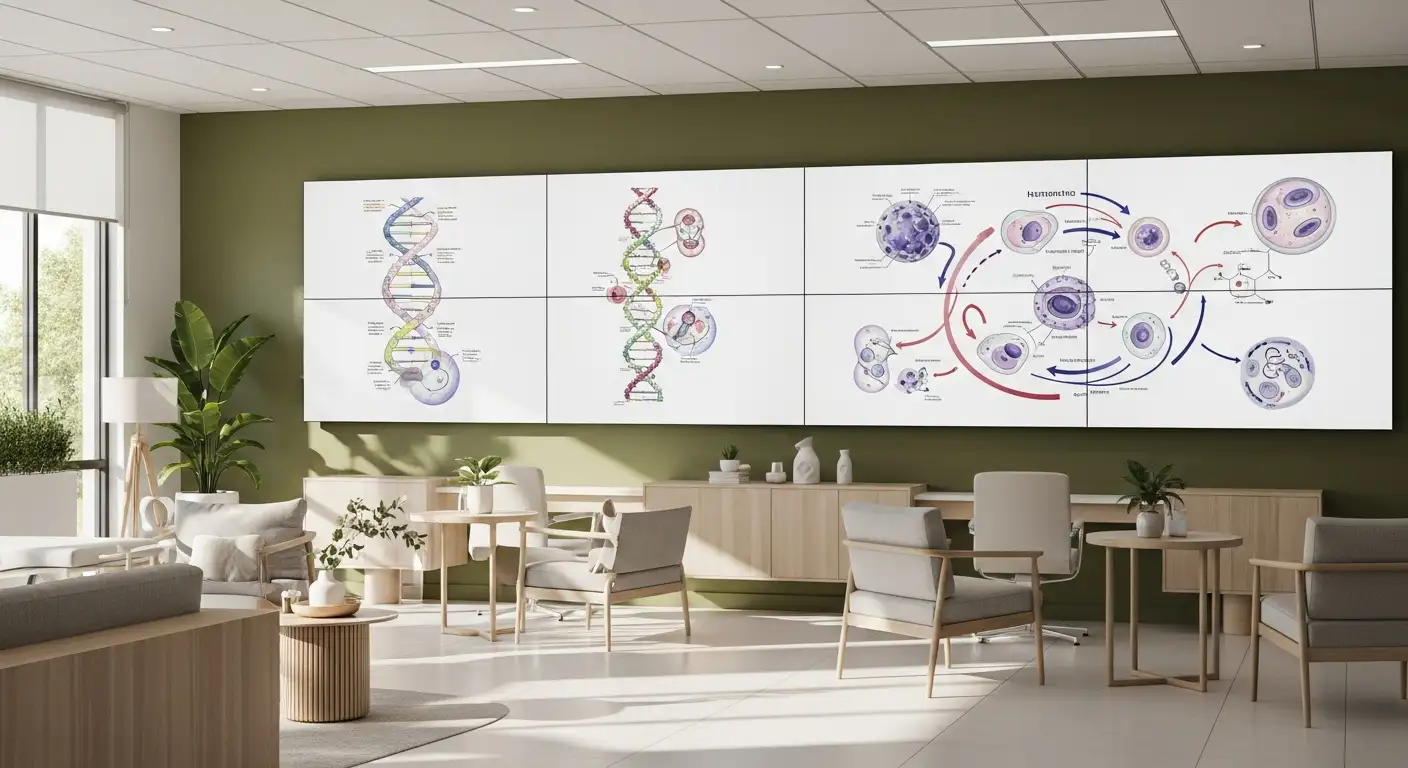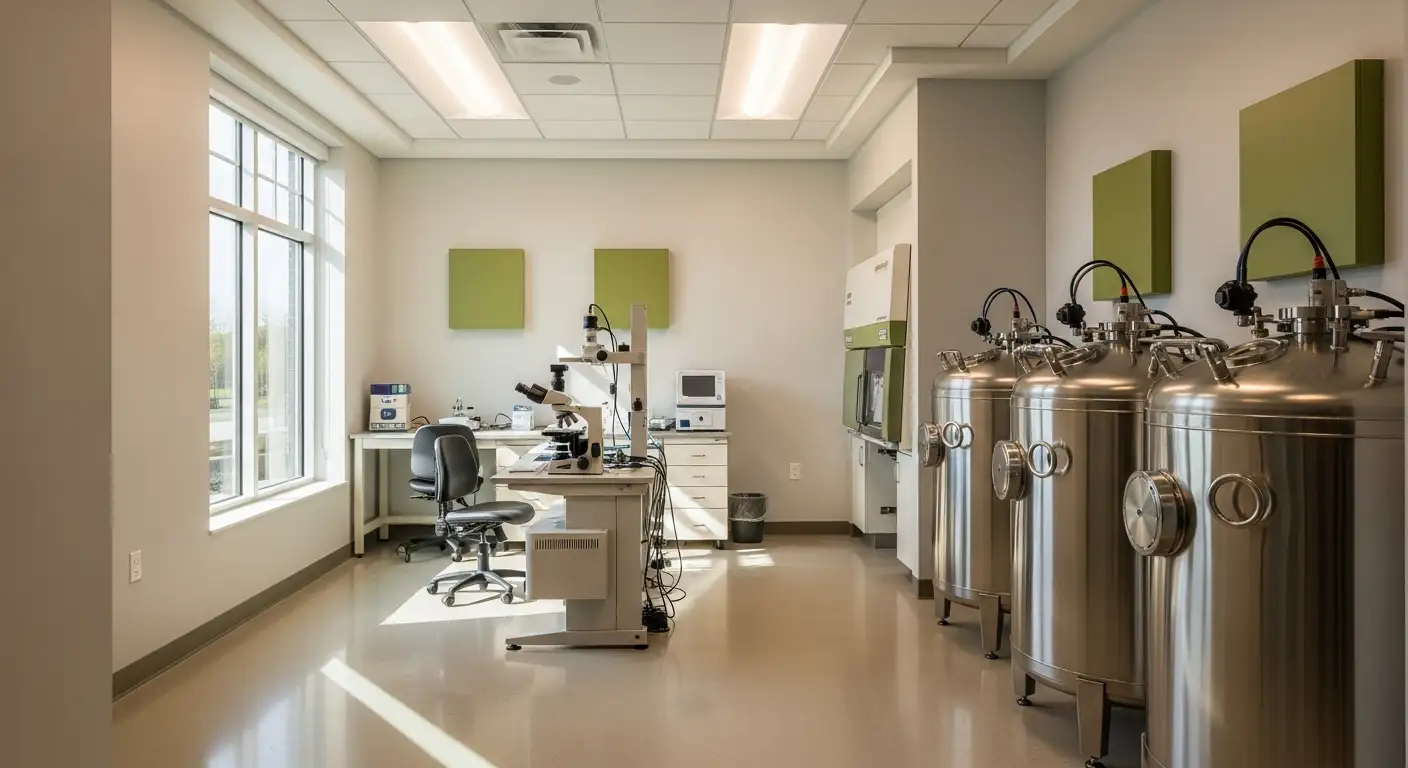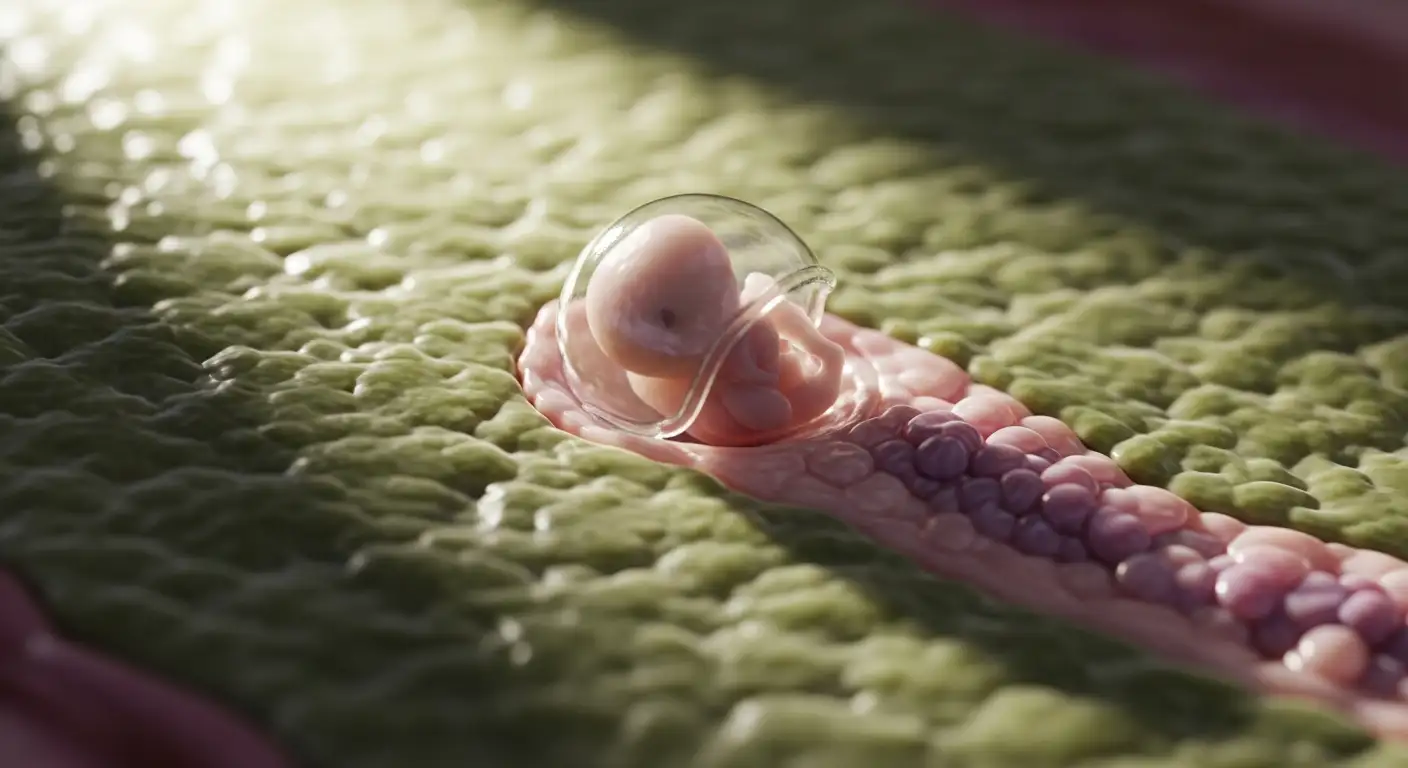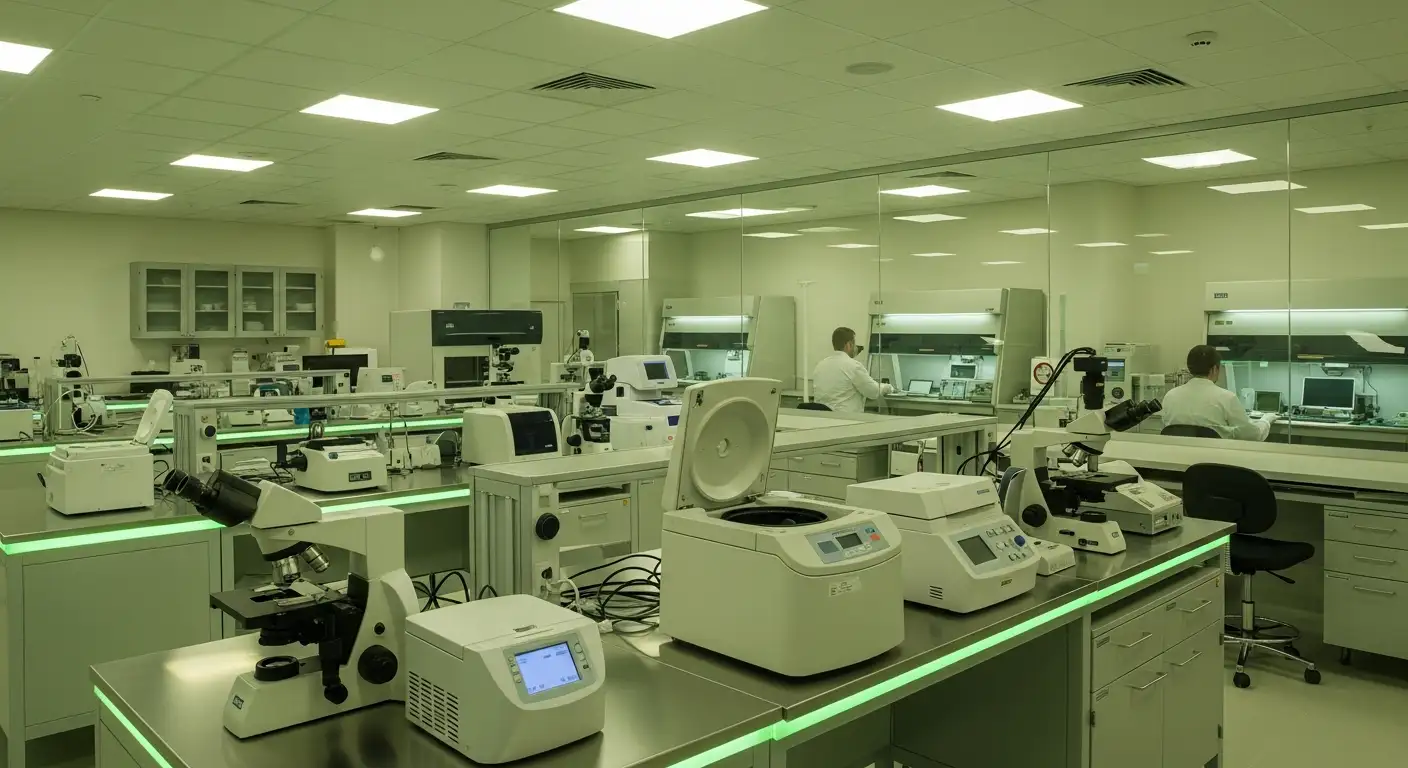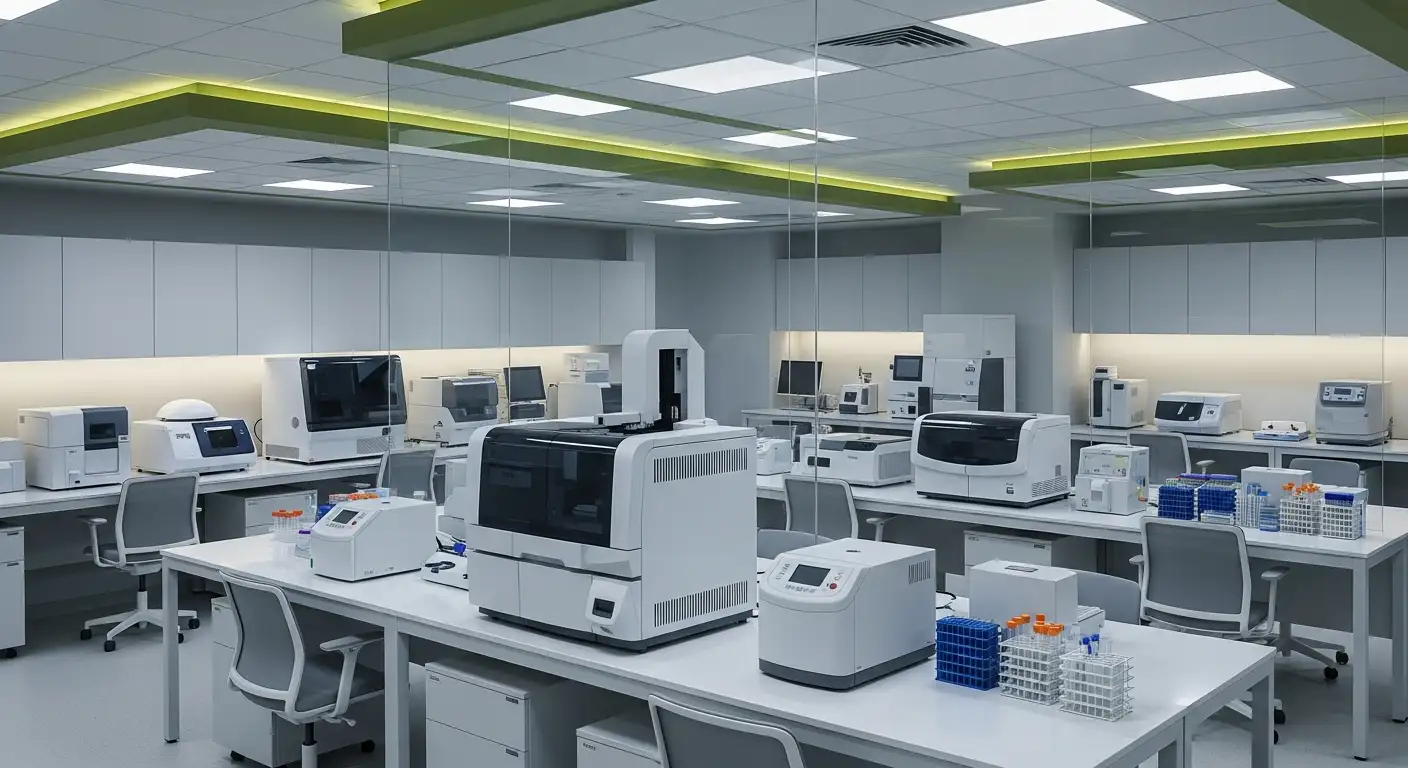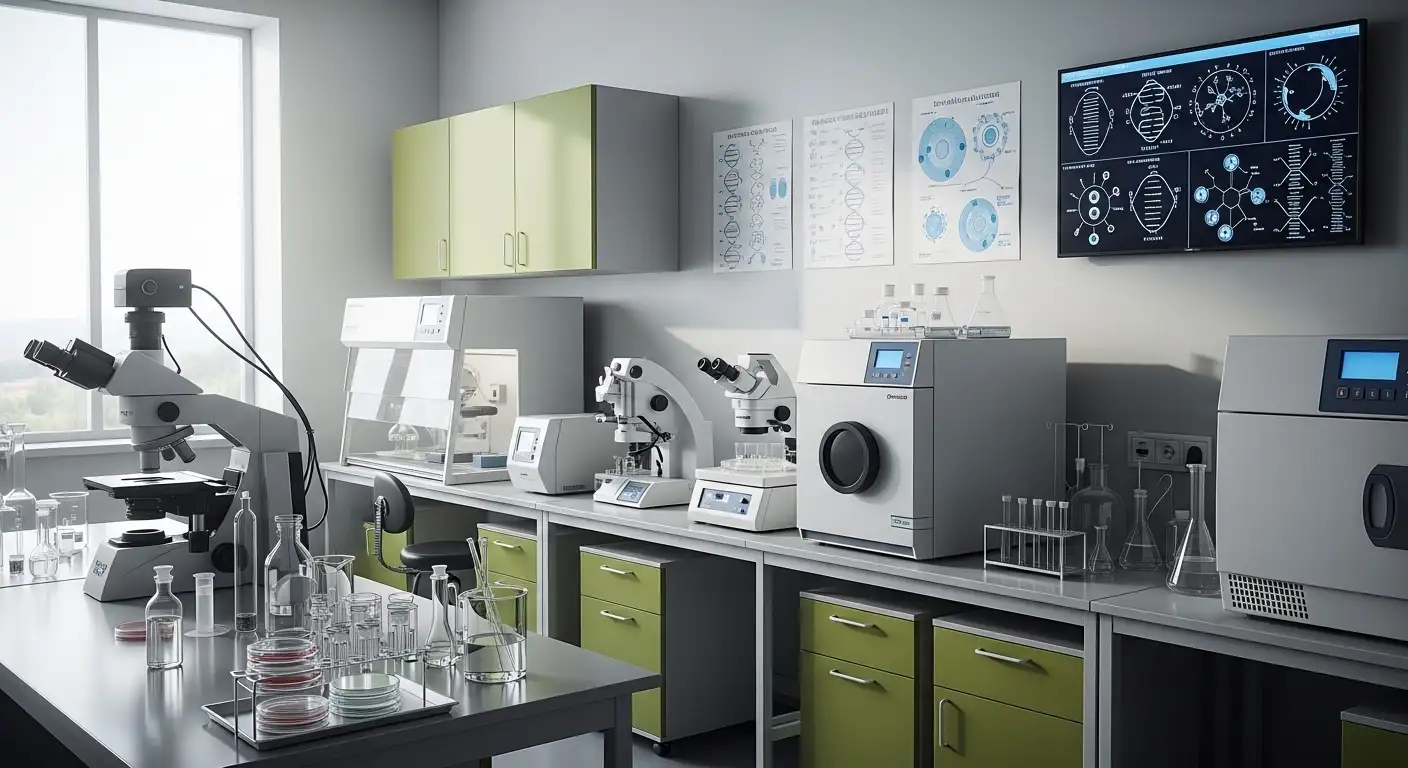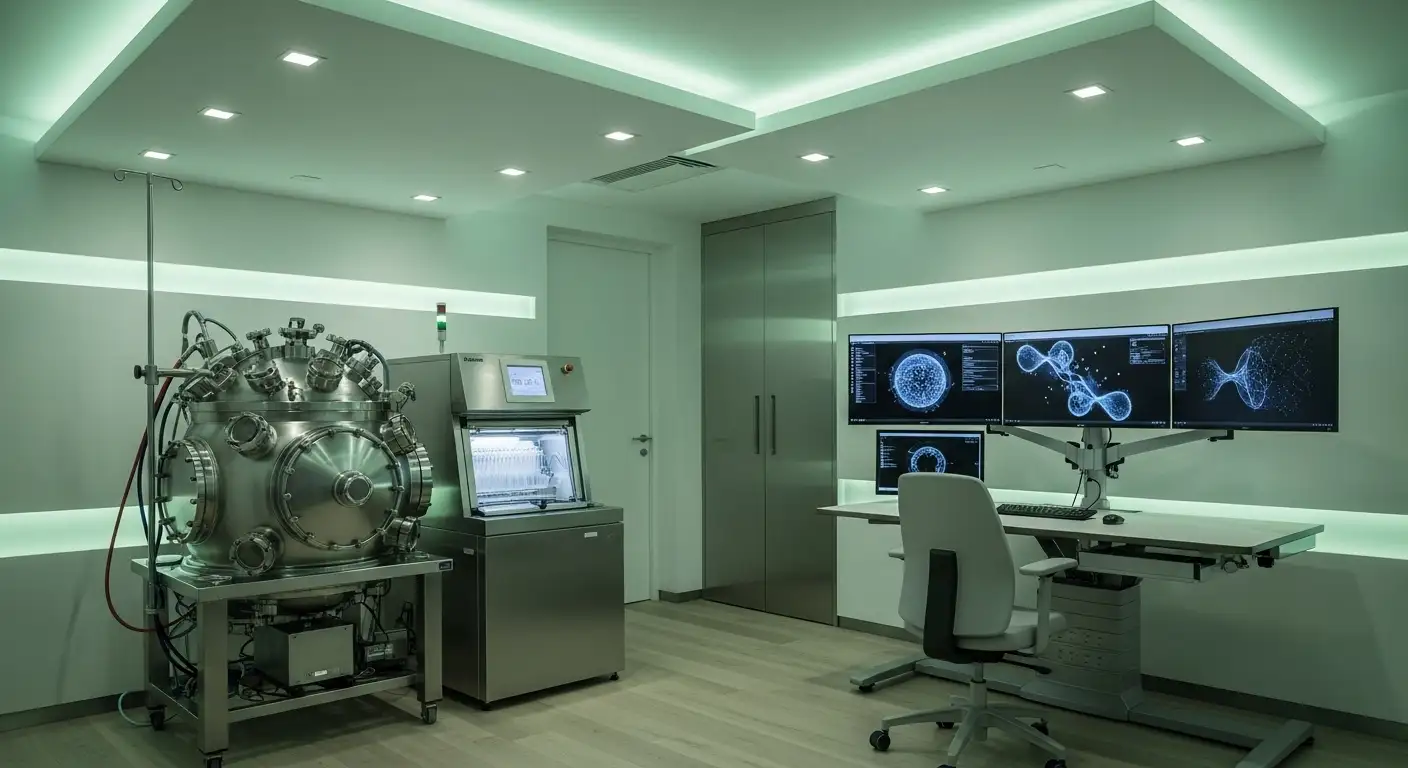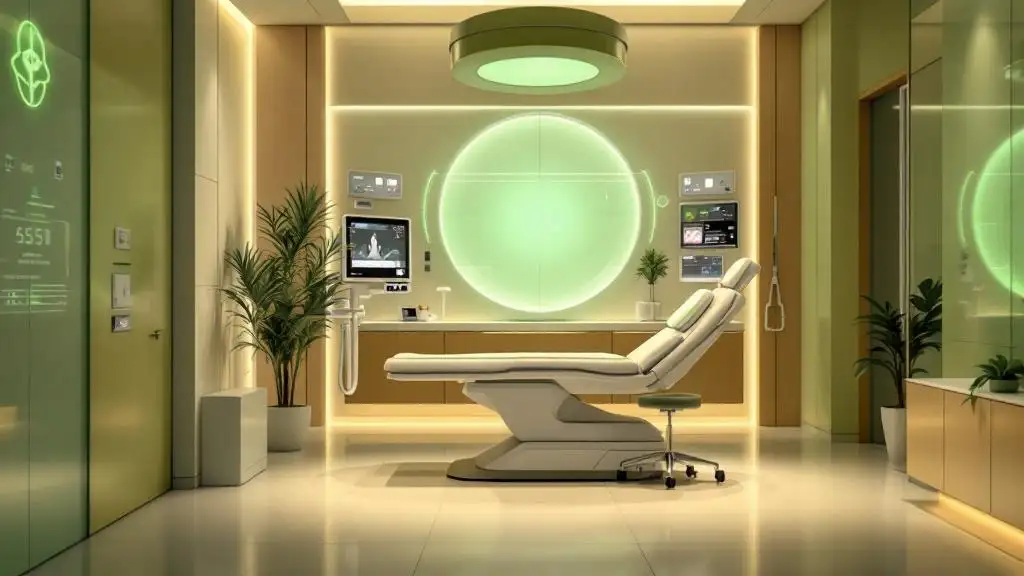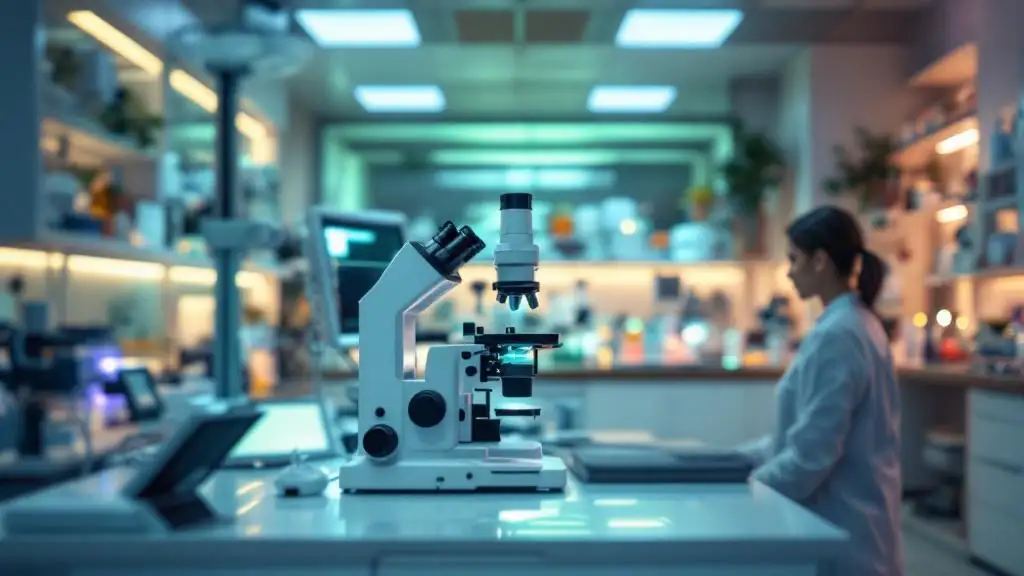What is the difference between IVF and ICSI?
Understanding the Key Differences Between IVF and ICSI in Fertility Treatments
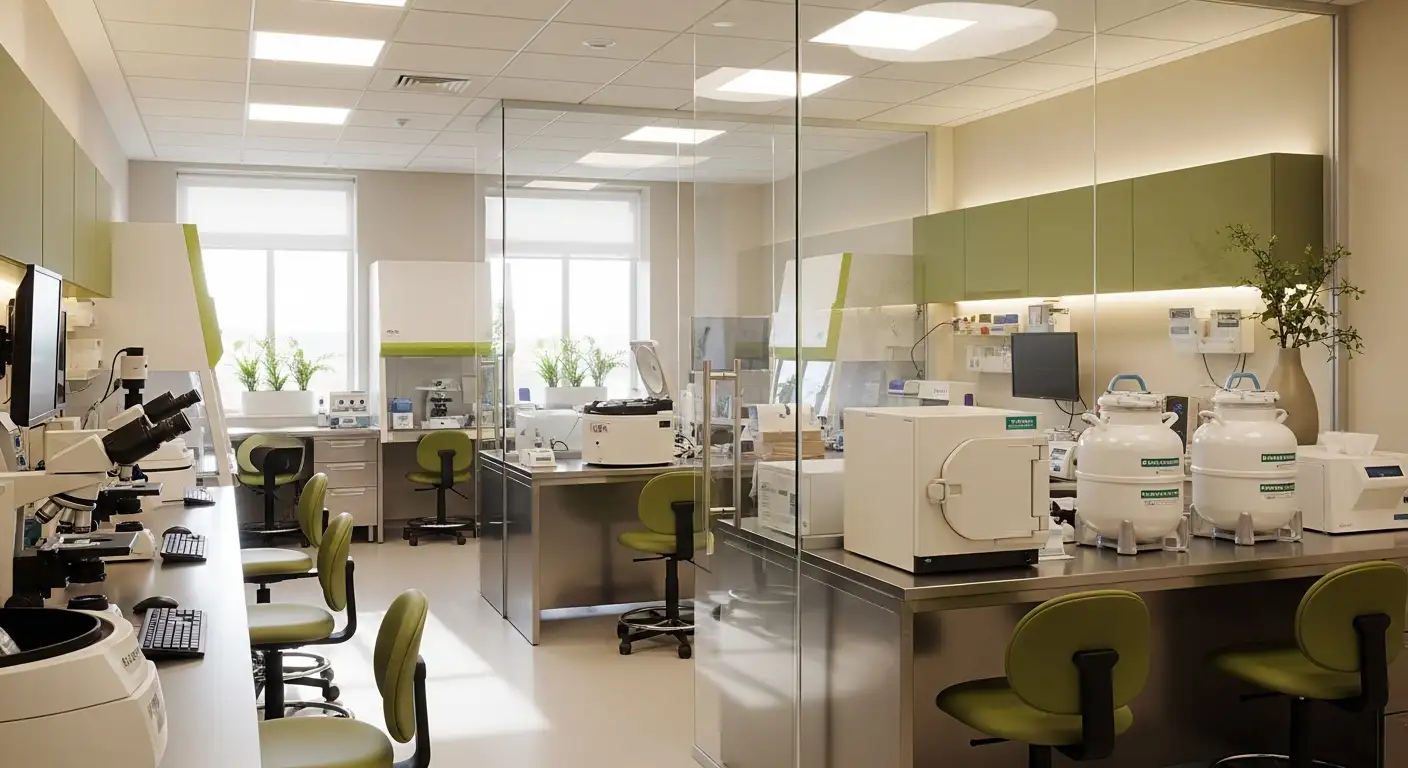
Introduction to Assisted Reproductive Technologies
Assisted reproductive technologies have revolutionized the way individuals and couples approach fertility challenges. Among these, In Vitro Fertilization (IVF) and Intracytoplasmic Sperm Injection (ICSI) are two widely known procedures that assist with conception by fertilizing eggs outside the body. Despite their close relationship, IVF and ICSI differ significantly in the fertilization process and their applications. This article delves into what distinguishes these treatments, how they work, and when each is recommended, offering clarity for those exploring their fertility treatment options.
Overview of Fertility Treatments and Their Purposes
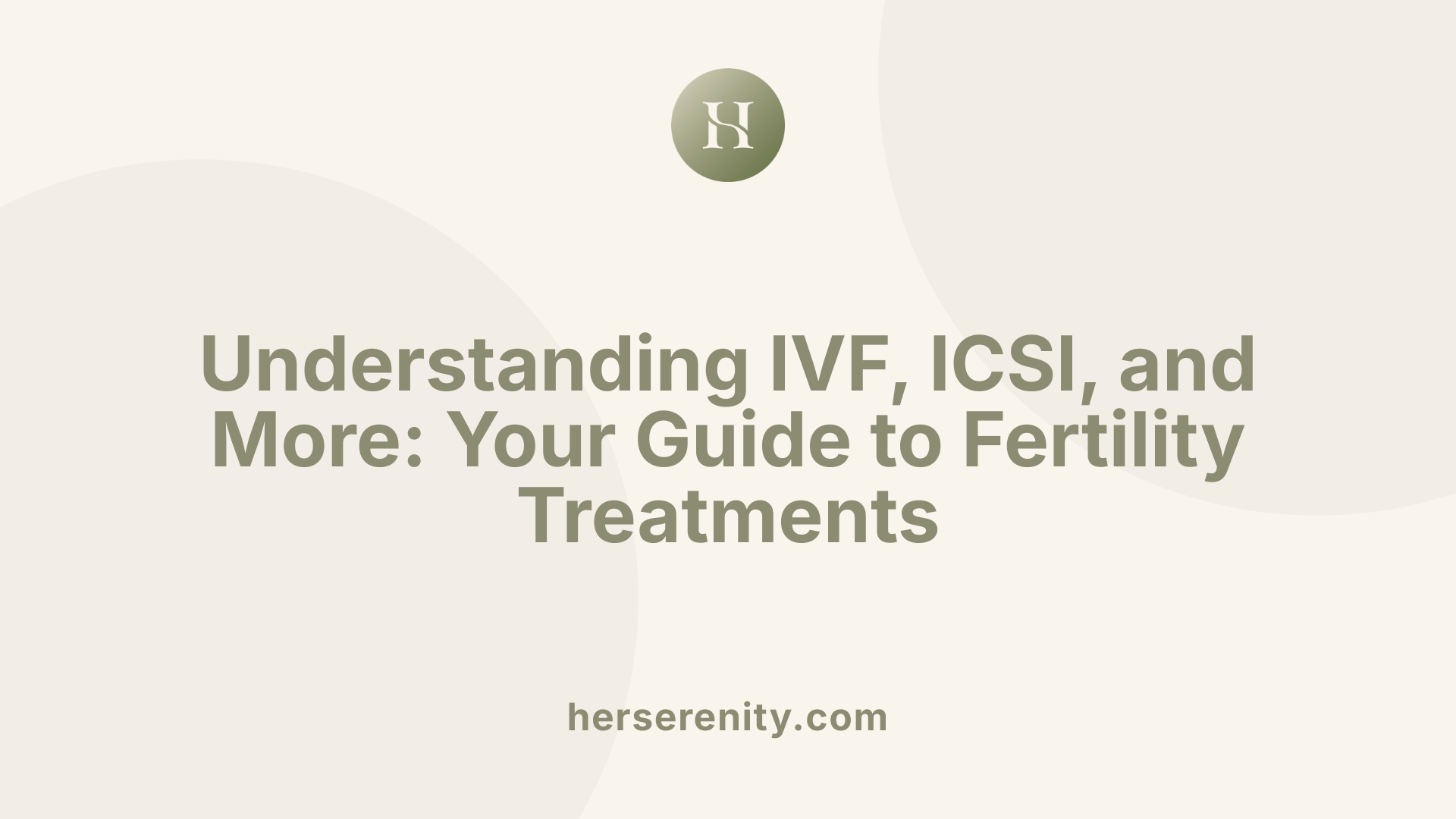
What are fertility treatments?
Fertility treatments are medical interventions aimed at helping individuals and couples conceive when natural conception proves challenging. These treatments address various causes of infertility through different techniques that assist fertilization and embryo implantation.
###Purpose and common types of fertility treatments The most widely known fertility treatments include:
In Vitro Fertilization (IVF): Eggs and sperm are combined in a laboratory dish to allow fertilization outside the body. This method is typically recommended for female infertility causes such as ovulation disorders, blocked fallopian tubes, or unexplained infertility.
Intracytoplasmic Sperm Injection (ICSI): A specialized form of IVF where a single sperm is directly injected into an egg. ICSI is primarily used to overcome male infertility factors like low sperm count, poor sperm motility, or previous unsuccessful fertilization with conventional IVF.
Intrauterine Insemination (IUI): Sperm are placed directly into the uterus to facilitate fertilization, usually used for mild male fertility problems or unexplained infertility.
Additional methods: These include egg or embryo donation and cryopreservation (freezing eggs or embryos) which preserve fertility for future use.
Role of assisted reproductive technologies (ART)
Assisted Reproductive Technologies (ART) encompass treatments like IVF and ICSI that involve fertilization outside the body. ART plays a crucial role in modern fertility care by enabling fertilization when natural processes encounter barriers. These technologies include multiple steps such as hormonal stimulation to produce multiple eggs, egg retrieval, fertilization in the laboratory, embryo monitoring, and transfer into the uterus.
ART success rates vary, influenced by factors such as the woman’s age, sperm quality, and underlying health conditions. While highly effective in many cases, these treatments carry certain risks including multiple pregnancies, ovarian hyperstimulation, and a small increased risk of birth defects. Costs and availability also impact access to ART.
By tailoring fertility treatments to the cause of infertility, healthcare professionals can improve the chances of conception and help many individuals and couples achieve pregnancy.
How IVF and ICSI Work: The Fertilization Processes Explained
What is In Vitro Fertilization (IVF) and How Does It Work?
In vitro fertilization (IVF) is a fertility treatment that involves several carefully coordinated steps. First, a woman undergoes hormone stimulation to produce multiple mature eggs. These eggs are then collected through a minor surgical procedure. In the laboratory, the eggs are combined with sperm in a culture dish, allowing fertilization to happen naturally as sperm penetrate the eggs. After fertilization, the embryos develop for several days before one or more are transferred into the uterus to promote pregnancy.
Step-by-Step Process of IVF
- Ovarian Stimulation: Hormonal medications encourage the ovaries to produce multiple eggs.
- Egg Retrieval: Eggs are collected under light anesthesia.
- Fertilization: Sperm and eggs are placed together in a lab dish for natural fertilization.
- Embryo Culture: Fertilized eggs develop for 3 to 5 days, often to the blastocyst stage.
- Embryo Transfer: Selected embryos are inserted into the uterus.
- Pregnancy Testing: Confirmation of successful implantation occurs about two weeks later.
What is Intracytoplasmic Sperm Injection (ICSI) and How Does It Differ from IVF?
ICSI is a specialized form of IVF primarily used to address male-factor infertility. Instead of relying on natural sperm penetration, a single sperm is directly injected into an egg using a fine micropipette under a microscope. This method increases the chances of fertilization when sperm count, motility, or morphology is poor, or when previous conventional IVF attempts have failed.
Differences in Fertilization Methods
| Fertilization Method | IVF | ICSI |
|---|---|---|
| Sperm Entry | Multiple sperm placed with eggs, natural penetration | Single sperm injected directly into the egg |
| Ideal Use | Female infertility and unexplained infertility | Male-factor infertility and fertilization failures |
| Fertilization Success Rate | Approximately 50%-80% | Approximately 50%-80% |
| Resource Intensity | Less resource-intensive and costly | More resource-intensive and costly |
Laboratory Procedures and Embryo Handling
Both IVF and ICSI involve careful laboratory culture and monitoring of fertilized eggs. Embryos typically develop for 3 to 5 days, during which embryologists monitor growth and quality. Advanced techniques like embryo imaging and genetic testing may be used to select the best embryos. After evaluation, embryos are transferred into the uterus using a catheter. Unused embryos may be frozen for future use or donated.
Through these precise laboratory processes, both IVF and ICSI support fertilization and early embryo development outside the body, helping couples achieve pregnancy even when natural conception is challenging.
When and Why Is ICSI Recommended Over Traditional IVF?

What is the difference between IVF and ICSI?
IVF (In Vitro Fertilization) and ICSI (Intracytoplasmic Sperm Injection) are both assisted reproductive technologies involving fertilization outside the body. The main difference lies in the fertilization method: IVF allows multiple sperms to naturally penetrate the egg in a lab dish, while ICSI involves direct injection of a single sperm into the egg using a microscope and micropipette.
Indications for ICSI Use
ICSI is primarily recommended for specific fertility challenges where traditional IVF might be less effective. It is particularly useful in cases where sperm quality or quantity is severely compromised. For example, ICSI is indicated when sperm count is very low, sperm motility is poor, or when there is azoospermia (absence of sperm in ejaculate) with sperm obtained surgically.
Male Factor Infertility Considerations
Men with conditions such as anti-sperm antibodies, ejaculation difficulties, or poor sperm morphology often benefit from ICSI. Unlike IVF’s reliance on natural sperm penetration, ICSI bypasses these barriers by placing a sperm directly inside the egg, improving chances of fertilization in male-factor infertility cases.
Previous Fertilization Failures and Special Cases
ICSI is also chosen for couples who have experienced failed fertilization using standard IVF methods. Additionally, it is often recommended when using frozen eggs or sperm, as fertilization can be more challenging with such gametes. Around 60% of IVF procedures now incorporate ICSI, reflecting its importance in overcoming difficult fertilization scenarios.
In summary, while IVF suits a broad range of infertility causes, ICSI is the preferred method when male fertility issues or prior fertilization failures are present. This targeted approach enhances fertilization success rates, offering hope for couples facing complex fertility challenges.
Clinical Outcomes and Success Rates of IVF and ICSI
Success rate ranges for IVF and ICSI
Success rates for IVF and ICSI vary widely depending on several factors but generally range from 30% to 80%. Conventional IVF achieves fertilization success rates between 50% and 80%, with live birth rates around 50.7% for women under 35, decreasing significantly with age. ICSI, used primarily for male infertility, reports fertilization success in the 50%-80% range and live birth rates around 30-35% per cycle for women under 35, often slightly higher than IVF when used appropriately.
Factors influencing outcomes
Several factors affect the success of fertility treatments like IVF and ICSI. A woman’s age is one of the most critical determinants; younger age correlates with higher success rates. Biological markers such as ovarian reserve (AMH and AFC), embryo quality, and the number of eggs retrieved significantly influence outcomes. The cause of infertility, including conditions like PCOS, endometriosis, or tubal disease, also plays a role.
Lifestyle and health factors such as BMI, smoking habits, alcohol intake, and overall physical health affect treatment success. Advancements in reproductive technologies and personalized approaches have improved the ability to predict and boost success rates.
Comparative effectiveness in various infertility scenarios
IVF is typically recommended for female infertility issues such as blocked fallopian tubes, ovulation disorders, and unexplained infertility. ICSI is preferred for male infertility problems, including low sperm count, poor sperm motility, or ejaculation issues, and after previous unsuccessful IVF attempts.
The main difference lies in fertilization: IVF relies on natural sperm penetration of the egg, whereas ICSI involves the direct injection of a single sperm into the egg, enhancing fertilization chances when sperm quality is compromised.
While both methods produce embryos for uterine transfer, ICSI offers targeted assistance for male factor infertility and has become a common addition, incorporated in about 60% of IVF procedures. Choosing between them depends on medical evaluation, with success influenced by factors such as age, health conditions, and sperm quality.
Risks, Side Effects, and Cost Considerations of IVF and ICSI
What are potential risks or side effects associated with fertility treatments?
Fertility treatments like IVF and ICSI are generally safe when performed by experienced specialists, but they do carry some notable risks and side effects. One common complication is ovarian hyperstimulation syndrome (OHSS), where hormone medications overstimulate the ovaries, causing symptoms such as abdominal swelling, nausea, and, in severe cases, blood clotting or kidney problems.
Both IVF and ICSI involve egg retrieval, which can occasionally lead to infections, bleeding, or injury to nearby organs. Another significant risk is the increased chance of multiple pregnancies when more than one embryo is transferred. Multiple births carry heightened health risks for both the mother and babies, including premature labor and gestational diabetes.
Pregnancies conceived through these techniques are also slightly more likely to have complications like ectopic pregnancy and pre-eclampsia. There is a small but slightly increased risk of birth defects and low birth weight, although these remain relatively rare. Studies have explored a potential increased risk of ovarian tumors, but serious long-term health issues are uncommon.
Differences and similarities in side effects
IVF and ICSI share most of their side effects, as both require ovarian stimulation, egg collection, embryo culture, and transfer into the uterus. However, ICSI carries some additional risks related to the injection technique, such as potential egg damage and fertilization failure, though these events are infrequent.
Both treatments may result in emotional stress due to their physical and financial demands. Risks of multiple births apply equally to both methods, depending on how many embryos are transferred. ICSI specifically benefits couples facing male infertility but is more resource-intensive and slightly costlier than conventional IVF.
Financial aspects and additional treatment options
Costs of IVF and ICSI can be substantial, although parts of these expenses are sometimes covered by Medicare or insurance depending on location and coverage policies. In addition to standard procedures, many clinics offer add-on treatments like endometrial scratching or embryo imaging, but these are often experimental and not guaranteed to improve success rates.
Couples may face decisions about unused embryos, with options including extended storage, disposal, or donation for research or to others in need.
Financial considerations and treatment choices should be discussed with fertility specialists to tailor approaches to individual needs and increase the chances of a successful and safe pregnancy.
Choosing Between IVF and ICSI: Factors for Couples and Clinicians
Decision Criteria for Treatment Selection
The choice between IVF (In Vitro Fertilization) and ICSI (Intra-Cytoplasmic Sperm Injection) largely depends on the underlying infertility causes. IVF typically suits couples facing female-related infertility issues such as blocked fallopian tubes, ovulation disorders, or unexplained infertility. Conversely, ICSI is often recommended when male-factor infertility is present, including low sperm count, poor motility, or cases of previous fertilization failure with conventional IVF. Clinicians assess sperm quality, fertility history, and past treatment outcomes to advise the most effective method. Understanding these distinctions helps ensure couples select the treatment aligned with their specific reproductive challenges.
Health and Fertility Condition Assessment
Before treatment, couples undergo thorough evaluations including hormone testing, ultrasound examinations, and semen analysis. Women receive ovarian stimulation to produce multiple eggs, while men may undergo sperm collection through ejaculation or surgical retrieval if needed. Medical assessments of reproductive health, age, and other factors like PCOS or endometriosis significantly influence the choice and success rates of IVF or ICSI. Both procedures involve egg retrieval under anesthesia followed by laboratory fertilization, assuring that health parameters are optimized for the best possible outcomes.
How Can Couples Prepare for Fertility Treatments Emotionally and Physically?
Couples can prepare emotionally by educating themselves about the treatment process, which reduces anxiety and promotes confidence. Engaging in stress management techniques, such as relaxation exercises and gentle physical activities like walking, supports well-being. Maintaining balanced nutrition and a healthy lifestyle enhances physical readiness. Establishing support networks through counseling, support groups, or communication with friends and family provides vital emotional backing. Open dialogues with healthcare providers and each other foster resilience and shared decision-making, easing the emotional journey through fertility treatment.
Future Planning and Embryo Options
Couples should consider future steps including the handling of unused embryos. Options include extending embryo storage, donating embryos for research or to other couples, or disposal. Decisions about elective single embryo transfer (eSET) versus multiple embryo transfers also play a role in managing risks like multiple pregnancies. Genetic testing (PGD/PGS) may be recommended to select healthy embryos. Planning for these possibilities before treatment helps couples align their reproductive goals and ethical preferences with medical approaches.
| Topic | IVF | ICSI | Notes |
|---|---|---|---|
| Fertilization Method | Natural sperm penetration in lab dish | Injection of single sperm directly into egg | ICSI bypasses natural sperm selection, aiding male infertility |
| Primary Indications | Female infertility, unexplained infertility | Male factor infertility, previous IVF failure | Selection guided by fertility condition and prior outcomes |
| Physical Process | Egg retrieval, fertilization, embryo transfer | Same as IVF, plus sperm injection into egg | Both require ovarian stimulation and anesthesia |
| Emotional Preparation | Stress reduction, education, support networks | Same as IVF | Open communication fosters resilience |
| Embryo Management Options | Storage, donation, genetic testing | Same as IVF | Essential for planning multiple treatment cycles or ethical considerations |
| Success Rates (under 35 years) | Approximately 50% fertilization success | Fertilization success ranges 50-80% | Both decrease with increasing age and health factors |
Conclusion: Tailoring Fertility Treatments to Individual Needs
IVF and ICSI are cornerstone assisted reproductive technologies that have expanded options for couples facing infertility. While IVF allows natural fertilization in a laboratory environment, ICSI offers a precise method to overcome male infertility challenges by direct sperm injection. Understanding their fundamental differences, indications, success rates, and risks empowers patients and clinicians to make informed decisions tailored to individual fertility profiles. With advancements continuing and personalized care at the forefront, prospective parents can approach these treatments with knowledge and hope for successful conception.
References
- What are the differences between IVF and ICSI?
- Assisted reproductive technology – IVF and ICSI
- IVF vs ICSI: Addressing Different Issues With Fertility ...
- What Is the Difference Between ICSI and IVF?
- IVF plus ICSI
- ICSI vs IVF Success Rates
- Intracytoplasmic Sperm Injection: Purpose, Procedure
- Treatment for infertility
- Fertility Treatments For Infertility

